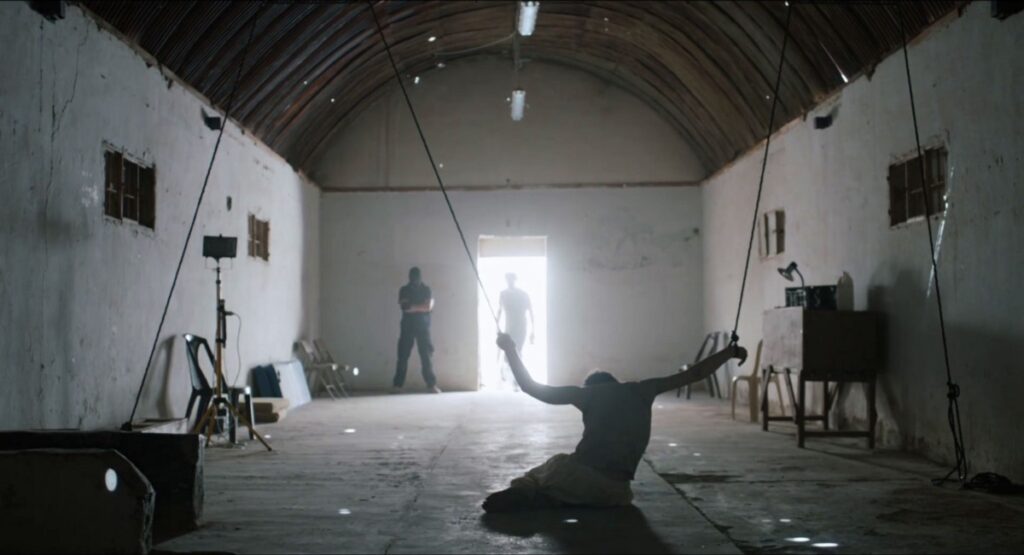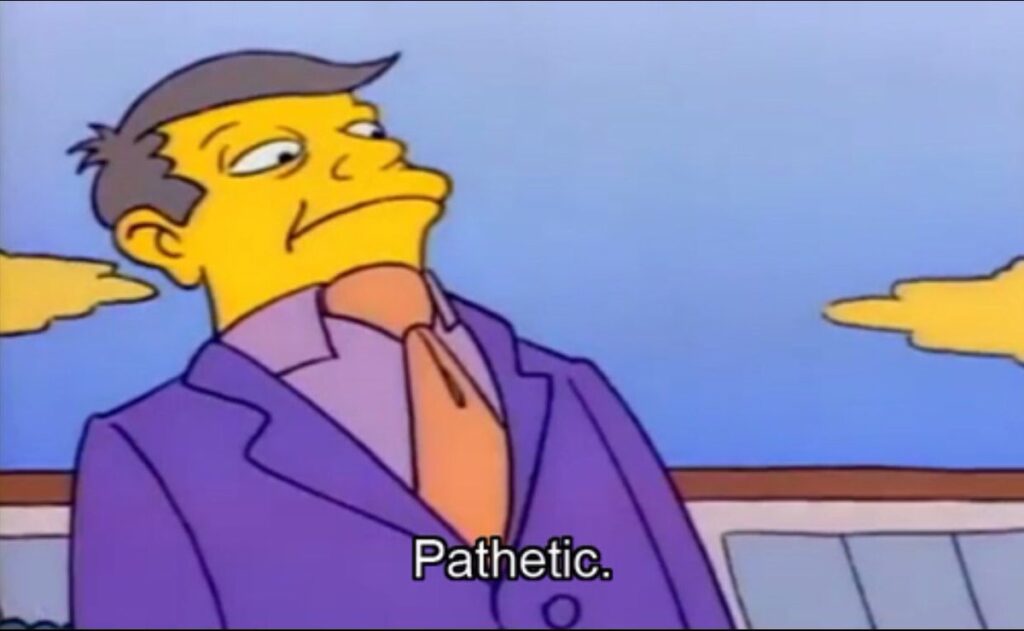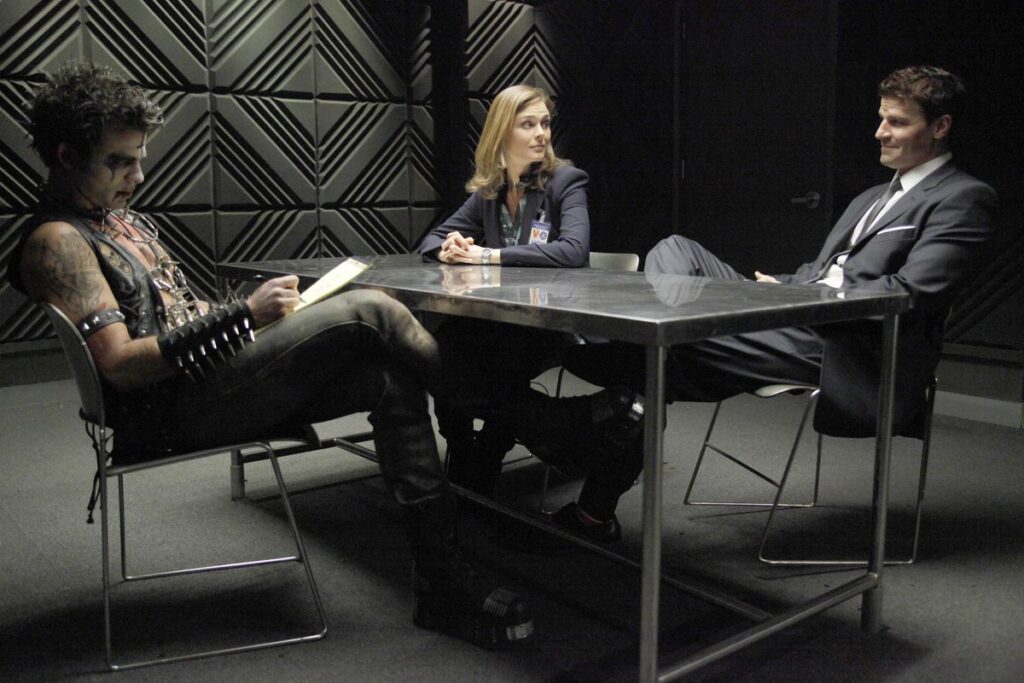5 Elements of Cinematography
Cinematography is the art and technique of capturing and showing moving images on film. The elements of cinematography encompass a broad range of topics such as lighting, color, composition, camera angles, and movement.
These all work together to visually tell a story and convey a message. While most people associate cinematography only with live-action film-making, it shares the same important principles with animated movies, short skits, and traditional television programs. Within this article, I will use the word ‘film’ interchangeably with them.
The cinematography sets the tone for the whole film. In this article, we’re going to introduce some of these key visual elements.
Lighting in Cinematography
Lighting has a profound influence on the tone and mood of a film and has several characteristics to play around with to get your desired effects.
Color Temperature
Color temperature is a complex topic. Technically, it is the light color emitted by an idealized, opaque, non-reflective body at a particular temperature, and it’s measured in Kelvins (a unit of absolute temperature measurement).
What the vast majority of people need to understand is lower Kelvin light temperature appears redder and higher temperature appears bluer.
To make it more complicated, we refer to yellows and reds as warm colors and blues as cool colors. Just remember that terminology doesn’t describe temperature, it describes the connotations we have with color. It’s almost caveman-like. Fire=red=hot. Water=blue=cool.
Brightness and Intensity
Bright and well-lit scenes can create a sense of safety and security, while darker scenes with higher contrast can create a sense of danger or tension.
Lighting intensity isn’t the same thing as lighting brightness. With intensity, think more along the lines of how a subject is getting lit. Shots with diffused lighting can create a sense of comfort and ease, while harsh and intense lighting can create a sense of urgency and dread.
Direction, Angle, Shadows, and Highlights
How you choose to light a scene communicates what emotions you want the audience to feel. For example, side lighting can create a sense of depth and texture. Backlighting can create a sense of mystery or suspense.
Shadows and highlights can also add contrast. Deep shadows can create tension, hide secrets, or obscure information. Highlights can create a sense of beauty and elegance, or draw focus.
Color in Cinematography
We strongly associate color and emotions. The savvy Cinematographer will use that to his or her advantage to tell part of the story without using words and dialogue to do so.
Symbolism and Emotion
Color can stand in as a metaphor within a film, and the same color can tell us different things in different contexts.
A splash of red apples in a field of green trees shows life amongst nature. A flashing red light in the control room of a nuclear power plant tells you something has gone horribly wrong.
Change that scene to a bedroom bathed in red light and you have a different symbol indeed.
Time and Place
We have strong associations between time periods, locations, and the various color palettes used to depict them.
For example, we associate black and white with the days before color television became popular in the mid-1960s. Then there’s the “Mexican Filter” where many films and television series (e.g. Breaking Bad) use a sepia color filter to depict desert scenes, particularly those in Mexico.

Composition in Cinematography
Composition is another important element of cinematography that refers to how the creator has arranged a shot’s visual elements. Here are a few ways composition is used.
Visual Storytelling
The composition plays a critical role in communicating the film’s story to the audience.
A well-composed shot can convey information about the characters and their emotion, the scene’s setting and mood, and create a compelling visual narrative that enhances the storytelling.
Focus
The composition can create a sense of depth and dimension within a shot. This improves the shot’s visual appeal, but can also serve to draw the eyes to what you want the audience to focus on.
Techniques such as foreground framing, leading lines, or camera focus can create a sense of depth. This can make the scene more immersive and engaging for the viewer.
Balance and Symmetry
Cinematographers can use composition to make a sense of balance and symmetry to convey a sense of harmony. Conversely, they can use asymmetry to make a scene feel off-putting or vulnerable. Take this scene from the movie Zero Dark Thirty (2012) as this prisoner gets interrogated by his captors.

The camera is centered in the room and focused on the door which provides harsh and direct lighting that obscures the arriving interrogator. From the captors’ perspective, everything is in balance and control. The prisoner, though, has fallen to the ground off-kilter. His asymmetry to the rest of the room adds a visual element of disarray that helps to show the danger he’s in.
Camera Angles in Cinematography
Where and how the Cinematographer aims the camera are other key elements of cinematography. The chosen camera angle can affect the audience’s perception of the characters and the story.
Many Different Shot Types
A Cinematographer has many different types of shots and camera angles to choose from. Some of the most common shots alter the subject framing by altering the focal length.
- Extreme long shot
- Long shot
- Medium shot
- Close-up shot
- Extreme close-up shot
Cinematographers achieve other shots by changing the camera angle.
- High angle shot
- Low angle shot
- Dutch angle shot
- Aerial shot
These shot types are used throughout films, television, animation, and still photography.
Emotion
Close-up shots can create a sense of intimacy and focus on a character’s emotions. Wide shots can create a sense of space and context.
The Dutch angle shot tilts the camera so the horizon is no longer level. This throws off the balance in the scene and has a different emotional impact than a level shot.
Power Dynamics
Low-angle shots can create a sense of power and dominance, while high-angle shots can create a sense of vulnerability and weakness.
These effects are everywhere if you start paying attention to them. Even memes take advantage of it.

Movement in Cinematography
Movement is another crucial element of cinematography that affects the film’s visual storytelling. This includes the movement of the camera, subjects, and in the background itself. Here are a few ways it does this.
Pacing
Movement affects the pacing of a scene. It creates either a sense of speed or slowness that sets the tone.
For example, consider a fast-moving camera in a car chase or shoot out between the good guys and the bad guys. The camera movement gives the scene a sense of urgency and excitement.
On the other hand, a still or slow-moving camera can create a tone of calm and stability.
Emotion
Camera movement also affects the emotional impact of a scene, and it can elicit different moods and reactions. Steady and deliberate camera movements are the typical default in film. Compare that to the shaky, first-person camera movements in something like a “found footage” movie and you get a different connotation.
The shaky camera movements give a more amateur feel to it. In the horror genre, shaky cameras are especially useful to convey that the characters are in danger and over their heads.
The Elements of Cinematography In a Different Interrogation Scene
Consider this shot from the television show Bones (2005-2017) as we compare the elements of cinematography within it to the interrogation from the film Zero Dark Thirty (2012) that I discussed above.

This scene uses diffuse lighting above the characters with a touch of accent lighting to provide highlights on the people. The back wall is kept in the dark to draw the focus to the important element here: the people. Yes, there is contrast, but nothing like the harsh direct lighting from Zero Dark Thirty which wants you to see not only the people but the squalid environment they occupy.
Notice the balance in this scene. Dr. Brennan is centered in the shot, and Agent Booth both balances and mirrors the subject. The way they have crossed their legs, Booth leaning back in his chair, communicates a different type of interview than the one in Zero Dark Thirty in which the composition and lighting choices impart tension and suspense.
In which scene are you more concerned about the man getting interrogated?
Conclusion
I want to note that in my breakdown of the shots from Bones and Zero Dark Thirty, I am not claiming one of them was done better or worse than the other. They both had different audiences, different messages, and different stories to tell. Both used these elements to good effect for their specific purposes.
Understanding the elements of cinematography can enhance the visual experience for your audience and enhance your storytelling by creating a sense of depth and dimensionality. Using lighting and color can create a sense of mood and atmosphere while shot composition, camera angle, focal length, and movement can create a sense of space and perspective.
Make good use of these cinematographic elements to bring the world in your visual stories to life as you create your adventures.


